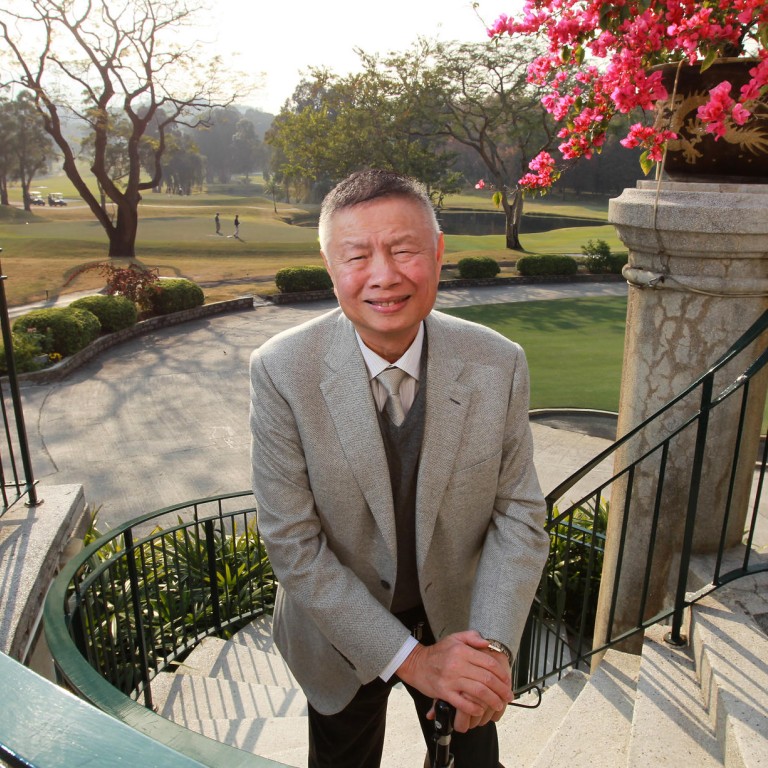
Tearing up Fanling will destroy a unique asset: golf club president
World-class golf courses cannot simply be rebuilt elsewhere, warns club president as review means they could be replaced by housing blocks
The three international courses at the Hong Kong Golf Club in Fanling are irreplaceable and cannot simply be rebuilt if they are torn up and replaced by housing, club president Marvin Cheung Kin-tung has warned.

Losing the home of the 55-year-old Hong Kong Open would also mean Hong Kong losing its status as a world city, he said. "How can the city maintain the same level playing field with other international cities like Singapore, Shanghai and Shenzhen when they own more than one world-class course?"
The decision to review the land use came after the site escaped inclusion in plans for a 333-hectare new town development in the northeastern New Territories.
Critics argued that the pastime of the city's wealthy and powerful elite had been saved from the bulldozer at the expense of new homes for hundreds of villagers.
After villagers and activists threatened to occupy the golf courses, Secretary for Development Paul Chan Mo-po pledged to look at the feasibility of building residential tower blocks on the site as part of another planned new town.
However, the review is to take at least three years.
The debate has intensified amid increasing criticism of the elitism of private clubs granted public land at nominal land premiums.
Cheung, who is also chairman of the Airport Authority, said it had taken a century for the courses to evolve into a unique world-class venue - the oldest course was laid out in 1911 - with over 150 heritage trees and a pavilion built in 1916 that has a grade-three heritage classification.
"It did not happen overnight. Even if we are now given land and money, it can't be replicated. It took so many years for the trees to grow, the greens to settle and the turf on the fairway to become dense," he said.
"The condition of the courses is superb and the greens are smooth. More importantly, the variety in design tests every skill of a player," he said.
The lease is due for renewal in 2020, but the government only needs to give 12 months' notice to take back the land.
When Cheung was club captain in the 1980s, he introduced the recycling of domestic waste water collected from Fanling town centre to use as irrigation - making the courses more playable in winter.
The HK$11 million irrigation system was financed by issuing membership to 10 additional companies. Henderson Land Development was among the three highest bidders. "It was the last time the club invited companies as members," said Cheung. The club currently has 2,510 members, including 365 corporate nominee memberships.
Cheung, who has been playing golf for nearly 40 years, said the picturesque Kau Sai Chau public course, on an island off the coast of Sai Kung, was no substitute when it came to a new venue for the Hong Kong Open. "It's only nice for photography - players can hardly see where the ball has gone," he said.
Despite the Open relying on government sponsorship after banking giant UBS pulled out in 2012 and the prize money being cut from US$2 million to US$1.3 million, Cheung said "politics" was to blame for the club's uncertain future. "It has been government policy to grant land to those who are passionate about sports … are we going to take back the land of all sport clubs?"

